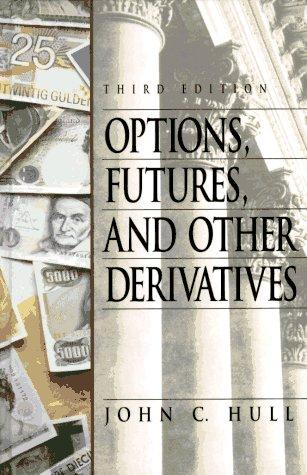



a Suppose you are buying your first condo for $170,000, and you will make a $15,000 down payment. You have arranged to finance the remainder with a 30- year, monthly payment, amortized mortgage at a 7.5% nominal interest rate, with the first payment due in one month. What will your monthly payments be? a. $1,083.78 b. $1,188.66 c. $1,077.05 d. $1,181.28 e. $1,399.31 0=Icon Key You plan to invest in securities that pay 12.2%, compounded annually. If you invest $5,000 today, how many years will it take for your investment to grow to $7,707.80? a. 3.33 years b. 8.20 years c. 3.76 years d. 7.52 years e. 7.31 years 0-Icon Key Question 3 of 21 Save Submit Test for Grading A Stocks A and B have the following probability distributions of expected future returns: Probability 0.1 (12%) 0.2 B B (24%) 4 0 A-Z 0.4 12 20 0.2 20 28 Office 0.1 36 35 a. Calculate the expected rate of return, B, for Stock B (CA = 12.00%.) Do not round intermediate calculations. Round your answer to two decimal places. % = b. Calculate the standard deviation of expected returns, OA, for Stock A (OB = 16.76%.) Do not round intermediate calculations. Round your answer to two decimal places. % Now calculate the coefficient of variation for Stock B. Do not round intermediate calculations. Round your answer to two decimal places. Is it possible that most investors might regard Stock B as being less risky than Stock A? I. If Stock B is more highly correlated with the market than A, then it might have a higher beta than Stock A, and hence be less risky in a portfolio sense. II. If Stock B is more highly correlated with the market than A, then it might have a lower beta than Stock A, and hence be less risky in a portfolio sense. III. If Stock B is more highly correlated with the market than A, then it might have the same beta as Stock A, and hence be just as risky in a portfolio sense. IV. If Stock B is less highly correlated with the market than A, then it might have a lower beta than Stock A, and hence be less risky in a portfolio sense. V. If Stock B is less highly correlated with the market than A, then it might have a higher beta than Stock A, and hence be more risky in a portfolio sense. -Select- C. A c. Assume the risk-free rate is 1.5%. What are the Sharpe ratios for Stocks A and B? Do not round intermediate calculations, Round your answers to four decimal places. Stock A: Stock B: B: Are these calculations consistent with the information obtained from the coefficient of variation calculations in Part b? I. In a stand-alone risk sense A is more risky than B. If Stock B is less highly correlated with the market than A, then it might have a lower beta than Stock A, and hence be less risky in a portfolio sense. II. In a stand-alone risk sense A is more risky than B. If Stock B is less highly correlated with the market than A, then it might have a higher beta than IV. If Stock B is less highly correlated with the market than A, then it might have a lower beta than Stock A, and hence be less risky in a portfolio sense. V. If Stock B is less highly correlated with the market than A, then it might have a higher beta than Stock A, and hence be more risky in a portfolio sense. -Select- C. Assume the risk-free rate is 1.5%. What are the Sharpe ratios for Stocks A and B? Do not round intermediate calculations. Round your answers to four decimal places. Stock A: Stock B Are these calculations consistent with the information obtained from the coefficient of variation calculations in Part b? I. In a stand-alone risk sense A is more risky than B. If Stock B is less highly correlated with the market than A, then it might have a lower beta than Stock A, and hence be less risky in a portfolio sense. II. In a stand-alone risk sense A is more risky than B. If Stock B is less highly correlated with the market than A, then it might have a higher beta than Stock A, and hence be more risky in a portfolio sense. III. In a stand-alone risk sense A is less risky than B. If Stock B is more highly correlated with the market than A, then it might have the same beta as Stock A, and hence be just as risky in a portfolio sense. IV. In a stand-alone risk sense A is less risky than B. If Stock B is less highly correlated with the market than A, then it might have a lower beta than Stock A, and hence be less risky in a portfolio sense. V. In a stand-alone risk sense A is less risky than B. If Stock B is less highly correlated with the market than A, then it might have a higher beta than Stock A, and hence be more risky in a portfolio sense. -Select- Icon Key










